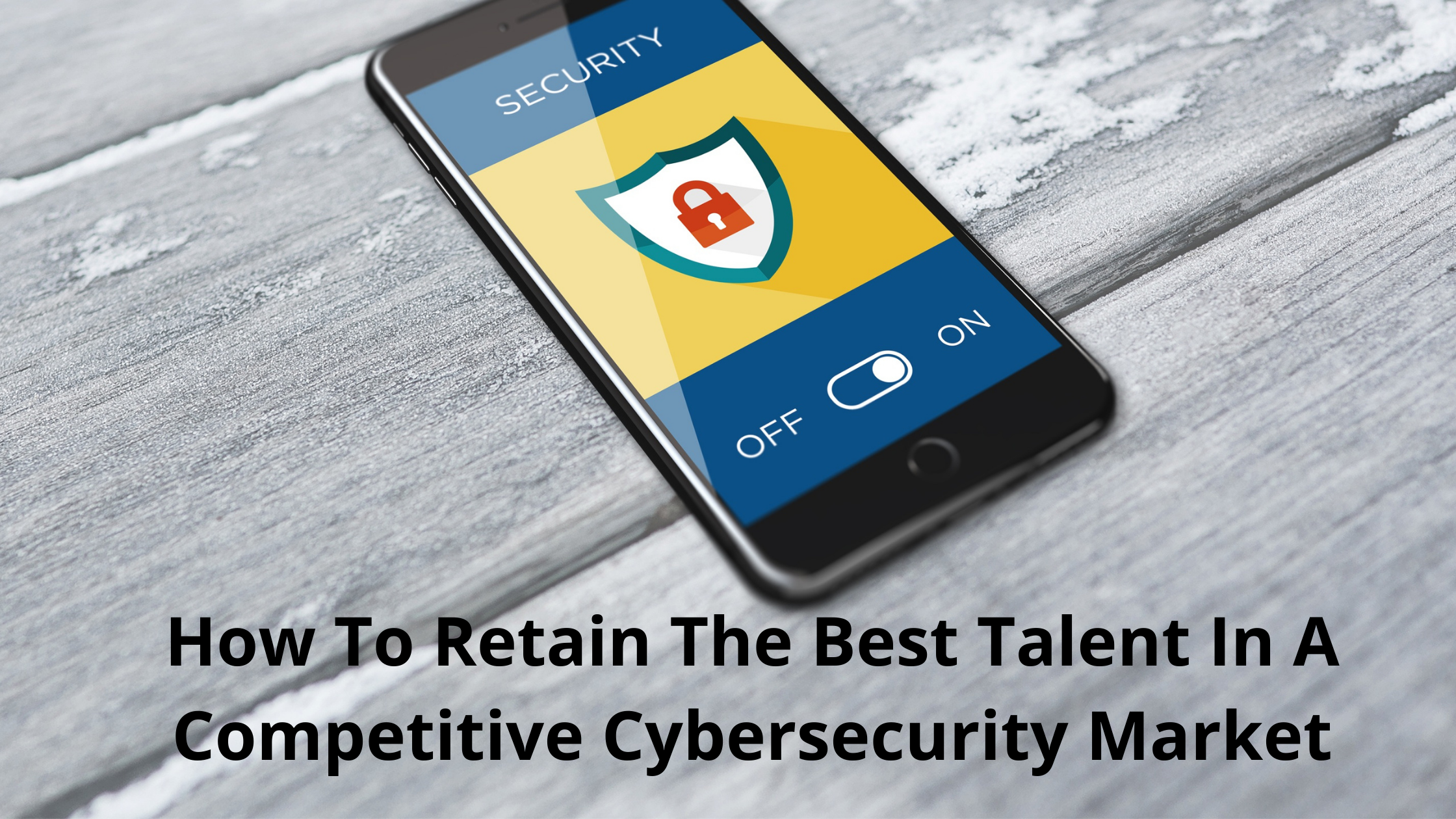The Great Resignation is presently underway, with millions of people quitting their employment in search of greater fulfillment. Many people took advantage of the global pandemic to reflect on what work means to them, their contributions to the industry and organizations to which they belong, how they spend their time, and, most significantly, how a profession may complete their life. Before going further, you can get a certificate for this online Cyber Security Training course and learn the essential skills needed to understand cybersecurity.
As a result, most firms’ hiring and retention of elite personnel have swiftly become a key priority. This is especially true in the cybersecurity industry, which is suffering from a severe skills shortage. Indeed, as of Q2 2021, there were approximately 500,000 available cybersecurity opportunities globally, as per CompTIA and Cyber Seek, a job-tracking database from the US Commerce Department, making finding the appropriate individual for a technical post in IT security like locating a needle in a haystack. As a result, attracting and developing cybersecurity employees has never been more crucial – and here are a few best practices for doing so.
Retention isn’t a one-size-fits-all process
Each employee and organization is unique. Employee/employer culture must be synergistic, even in a business with a talent shortage. When the needs of an employee and an employer are in sync, the possibilities are limitless.
Employee retention can never be a “one-size-fits-all” strategy, which means recruiting managers and HR executives must devote the time and resources necessary to learn about their employees and the organization as a whole. This begins with an awareness of what your staff performs on a daily basis. To achieve this level of knowledge, it’s critical to get in touch with employees on a regular basis, look for ways to address their concerns and wants, and recognize and reward jobs effectively. Furthermore, most employees prefer transparency, so having open, honest conversations with employees about the company’s future, job performance, and other relevant variables will help retain them in the long run.
Making an effect in the industry entails job satisfaction
Employees in the cybersecurity field are frequently exposed to many facets of innovation and technology. People want to work for companies that are producing cutting-edge technology and making a significant difference in the business, according to what I’ve heard from multiple interactions with employees. They want to be a part of the solutions that address today’s most pressing issues – and in IT security, where cyber threats loom and endanger enterprises on a regular basis, there’s a huge chance to do just that.
Employers are responsible for sharing a vision with their employees. Employees must understand how their actions affect the organization, its consumers, and the environment. Employees may not understand they are helping to solve a huge, real-world problem, so it is up to leadership – especially HR leaders – to articulate why the firm exists, the difference it is making, and how each employee contributes to the duty on a daily basis.
The strength and influence of the technology, as well as the expertise they may gain, is what draws security experts to a company. Once you’ve established that, you’ll want to make sure you’re giving them a great, rewarding, and satisfying work environment.
Analyzing the working environment at your firm
It is the responsibility of company leaders, both in HR and outside of HR, to analyze the work environment on a regular basis. Evaluate employee advancement inside the firm, for instance: are employees progressing in their jobs, and in their day-to-day routine varied? Working with a variety of technologies or addressing a variety of industry issues can provide variety.
Are employees progressing within the company? Do they have a sense of belonging to the narrative? Do they have the necessary support and resources, such as training, advice, and mentorship, to do so? These are difficult questions to ask, but the answers can make a big difference in retention.
Furthermore, most employees require a work atmosphere that includes people with whom they enjoy engaging. Employees desire to enjoy their boss and coworkers, as well as believe in the company’s broader objective. Hold regular team meetings and allow teams to get together for causes other than work – Encourage team happy hours (online or safely in person, if possible) and allocate funds for team-building activities.
For instance, in my current role as SVP of People, we have Friday community days in the office as well as quarterly “Connection Events” that bring employees and leaders from all functions together outside of work to socialize or volunteer. To operate well together, you must first get to know each other.
Finally, when assessing the whole work environment, one must consider remuneration and benefits when sticking with a company over time. Ensure that salary is competitive in the business, and while evaluating the total package, take into account other benefits and prospects for advancement.
Conclusion
The Great Resignation has intensified the demand on HR directors to discover, recruit, and retain top IT security personnel, especially given the persisting cybersecurity skills gap. Preserving the right talent of top performers, for the most part, results in the development of the next generation of cyber experts. HR managers can use the best practices listed above to analyze their current model, make relevant changes, and guarantee their staff is content while on the job, which can make all the difference.

